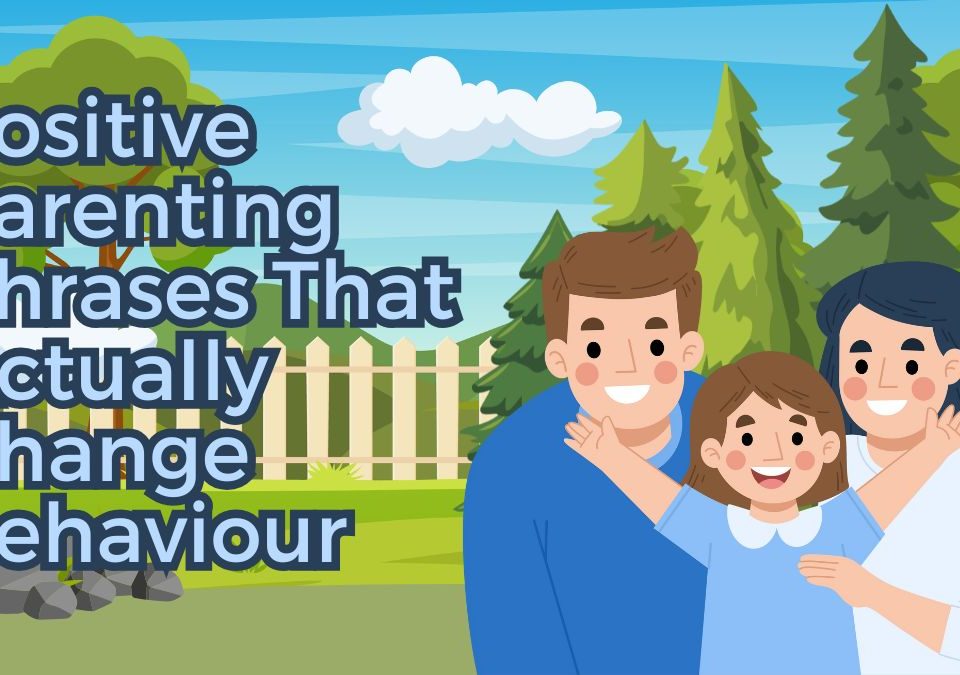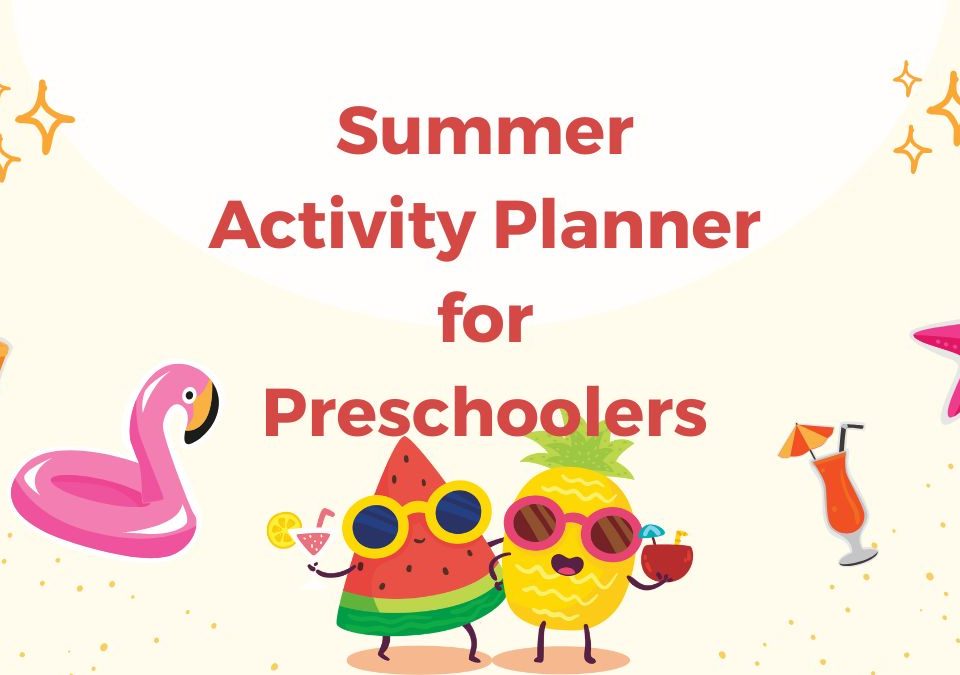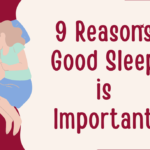
9 Reasons Good Sleep is Important
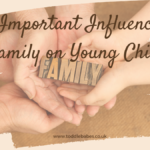
7 Important Influences of Family on Young Children
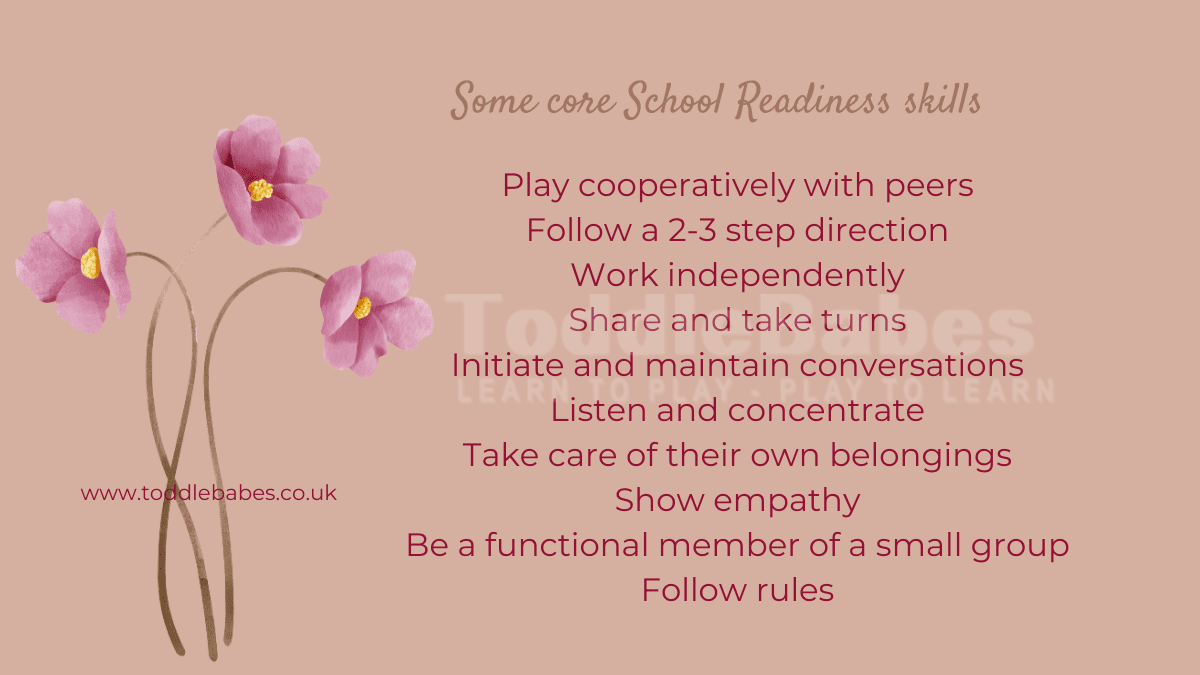
School readiness encompasses various developmental areas. Ensure your child demonstrates social skills, emotional resilience, physical abilities, fine motor skills, language proficiency, cognitive abilities, and self-help skills.
These areas include following rules, showing empathy, being well-coordinated, answering questions, sorting, counting, and taking care of personal belongings. Preparing your four-year-old for school involves ensuring they have strong social skills, emotional resilience, independence in personal care, and a curiosity for learning.
This guide will provide you with practical tips to support your child’s school readiness for attending school in the United Kingdom.
The Early Years Foundation Stage (EYFS) framework highlights seven essential developmental areas that children should meet to ensure they are school-ready. These areas encompass various aspects of a child’s growth and abilities, providing a comprehensive understanding of their overall development. Let’s explore each of these developmental areas in more detail:
There are seven developmental areas that all EYFS children should meet if they are school-ready, these are:
Table of Contents
Social Development
Social skills are crucial for children to navigate their interactions with peers and adults effectively. This includes skills such as turn-taking, sharing, following rules, and listening to and participating in group activities. Encourage independent thinking and problem-solving. By developing these skills, children learn to engage positively with others and become valuable members of a social setting.
Social development involves the ability to interact with others, form relationships, and navigate social situations effectively. Here are some key social milestones that a four-year-old should ideally achieve for school readiness:
-
Turn-Taking and Sharing:
- Understand the concept of taking turns in games and conversations.
- Demonstrate the ability to share toys and materials with peers.
- Engage in cooperative play and collaborative activities with others.
-
Following Rules and Instructions:
- Follow simple rules and instructions in different settings.
- Understand the importance of following rules for the well-being of themselves and others.
- Show an ability to listen to and follow directions from teachers and adults.
-
Peer Interaction and Friendship Skills:
- Engage in interactive play and form friendships with peers.
- Take part in imaginative play scenarios and cooperative games with others.
- Demonstrate basic conflict resolution skills and the ability to negotiate with peers.
-
Empathy and Understanding Others:
- Show empathy and understanding towards the feelings and needs of others.
- Recognize and respond to the emotions of peers, offering comfort or support when needed.
- Demonstrate kindness and consideration in their interactions with others.
-
Communication and Verbal Skills:
- Engage in conversations with peers, taking turns to speak and listen.
- Express thoughts, feelings, and needs clearly using age-appropriate language.
- Use appropriate eye contact and body language during conversations.
-
Respecting Differences and Diversity:
- Show an understanding and acceptance of diversity, including differences in culture, race, and abilities.
- Respect and value the opinions, ideas, and backgrounds of others.
- Demonstrate inclusive behaviours and language towards peers.
-
Independence and Self-Help Skills:
- Take responsibility for personal belongings and self-care routines, such as dressing and toileting.
- Demonstrate the ability to manage simple self-help tasks independently.
- Seek help from teachers or trusted adults when needed, while developing a sense of autonomy.
Encourage your child to develop strong social skills by promoting turn-taking, sharing, and following rules. Help them understand the importance of listening during group activities.
Emotional Development
Emotional well-being plays a vital role in a child’s readiness for school. It involves developing self-confidence, empathy towards others, and the ability to separate from caregivers with ease. Children who are emotionally resilient can manage their emotions appropriately, establish positive relationships, and adapt to new environments more smoothly. Support their emotional resilience by creating a safe space for them to express their feelings .
Emotional development involves understanding and managing emotions, building self-confidence, and developing social skills. Here are some key emotional milestones that a four-year-old should ideally achieve for school readiness:
-
Self-Confidence:
- Display a growing sense of self-confidence in their abilities.
- Feel comfortable expressing their thoughts, feelings, and needs.
- Demonstrate independence in performing age-appropriate tasks.
-
Empathy and Understanding Others:
- Show empathy and understanding towards the feelings and needs of others.
- Demonstrate the ability to share and take turns with peers.
- Display kindness and consideration in their interactions with others.
-
Coping with Separation:
- Be able to cope emotionally with being separated from parents or caregivers.
- Show a sense of comfort and security in new environments, such as preschool or school settings.
- Demonstrate an ability to manage separation anxiety with appropriate support.
-
Expressing and Managing Emotions:
- Express a wide range of emotions appropriately, such as happiness, sadness, anger, and frustration.
- Begin to understand the causes and triggers of their emotions.
- Develop healthy coping strategies to manage and regulate their emotions.
-
Resolving Conflicts:
- Demonstrate the ability to resolve conflicts in a peaceful and constructive manner.
- Understand the importance of taking turns, sharing, and cooperating with others.
- Seek help from a trusted adult when needed to resolve conflicts or address challenging situations.
-
Developing Positive Relationships:
- Initiate and engage in age-appropriate social interactions with peers.
- Show an understanding of social norms and demonstrate good manners.
- Build positive and meaningful relationships with peers and adults.
-
Self-Regulation and Managing Impulses:
- Exhibit increasing self-control and the ability to manage impulses.
- Follow basic rules and instructions in different settings.
- Demonstrate the ability to wait for their turn and delay gratification.
Physical Development
Physical development focuses on enhancing a child’s gross and fine motor skills. Gross motor skills involve activities like running, climbing, balancing, and throwing and catching a ball, which strengthen the child’s overall physical abilities.
Physical development involves the development and coordination of gross motor skills (large muscle movements) and fine motor skills (small muscle movements). Here are some key physical milestones that a four-year-old should ideally achieve for school readiness:
Gross Motor Skills:
-
Coordination and Balance:
- Run with coordination, maintaining balance and control.
- Jump forward and sideways with both feet leaving the ground.
- Hop on one foot for a short distance.
-
Climbing and Movement:
- Climb playground equipment, stairs, and ladders with confidence and minimal assistance.
- Kick a ball with accuracy and coordination.
- Throw and catch a ball with improved hand-eye coordination.
-
Spatial Awareness:
- Move in different directions (forward, backward, sideways) while maintaining balance and control.
- Navigate obstacles, such as stepping over low objects or manoeuvering around obstacles.
-
Body Control:
- Perform basic physical movements, such as bending, twisting, and stretching.
- Walk and move with control and coordination, avoiding frequent collisions or falls.
Fine Motor Skills:
-
Hand and Finger Control:
- Use a tripod grip (between the thumb and index finger, with the pencil resting on the middle finger) to hold writing utensils.
- Control and manipulate small objects using their fingers and hands.
- Stack and build with small blocks or construction materials.
-
Writing and Drawing:
- Use writing utensils (pencils, crayons) to draw and write with control and intention.
- Attempt to draw recognizable shapes and basic pictures.
- Begin to trace lines and shapes, showing improved hand-eye coordination.
-
Self-Help Skills:
- Dress and undress independently, including buttoning and unbuttoning clothes.
- Manipulate buttons, zippers, and Velcro fastenings.
- Use utensils, such as spoons and forks, to feed themselves with increasing control.
-
Manipulating Small Objects:
- Use scissors with increasing control, cutting along straight lines and simple curves.
- Manipulate and assemble small objects, such as puzzles or building blocks.
- Engage in activities that promote fine motor control, such as threading beads or lacing cards.
Fine Motor Skills
Fine motor skills, on the other hand, include activities like drawing, using scissors, and using a pincer grip, which refine their hand-eye coordination and dexterity. Fine motor skills are specifically related to the coordination and control of small muscle movements, primarily in the hands and fingers.
This area encompasses abilities such as drawing, using scissors, demonstrating a pincer grip (using thumb and index finger), and showing handedness (preference for the left or right hand). These skills are essential for tasks like writing, manipulating objects, and self-care activities.
Here are some fine motor milestones that a four-year-old should ideally achieve for school readiness:
-
Pencil Grip:
- Hold a pencil or crayon using a tripod grip (between the thumb and index finger, with the pencil resting on the middle finger).
- Demonstrate control and precision while using writing utensils.
-
Drawing and Colouring:
- Draw recognizable shapes, such as circles, squares, and triangles.
- Attempt to draw simple pictures, such as people or objects, with basic details.
- Begin to show control and accuracy in colouring within the lines.
-
Cutting Skills:
- Use child-safe scissors to cut along straight lines.
- Begin to cut along simple curved lines.
- Show an increasing ability to manipulate scissors and maintain hand-eye coordination.
-
Manipulating Small Objects:
- Pick up small objects using a pincer grip (using the thumb and index finger).
- Use tweezers or tongs to pick up and manipulate small items.
- String small beads or objects onto a string or shoelace.
-
Hand-Eye Coordination:
- Catch a large ball with both hands.
- Throw a ball with some accuracy, although the aim may still be developing.
- Stack blocks or objects to build towers or structures.
-
Self-Care Skills:
- Begin to dress and undress independently, including buttoning and unbuttoning clothes.
- Use a fork and spoon to feed themselves with minimal assistance.
- Attempt to fasten and unfasten buttons, zippers, and Velcro straps.
-
Fine Motor Control:
- Demonstrate control when using small tools, such as paintbrushes or pencils.
- Develop precision when manipulating small objects or engaging in activities that require hand movements, such as threading beads or puzzles.
Language and Communication
Language and communication skills are fundamental for effective learning and social interaction. Children should be able to answer questions, maintain conversations, and follow directions. Strong language skills enable children to express their thoughts, comprehend information, and engage in meaningful communication with their peers and teachers.
Encourage your child’s communication and language skills by promoting conversations, active listening, and asking questions. Help them become familiar with books and written words. Help them to express thoughts and communication with others, listen to and ask questions, possess curious eagerness to learn, think before performing actions, and know how to share and take turns. They should be able to work alone and with others, be experienced with books, and understand written words and how they are put together to make a sentence.
Here are some key language and communication milestones that a four-year-old should ideally achieve for school readiness:
-
Vocabulary and Sentence Structure:
- Possess a wide range of vocabulary, including common words and basic concepts.
- Speak in complete sentences with correct grammar (though some errors may still be present).
- Express ideas, needs, and feelings clearly using age-appropriate language.
- Understand and use basic question forms, such as “who,” “what,” “where,” and “why.”
-
Listening and Comprehension:
- Follow instructions with multiple steps (e.g., “Put on your shoes, grab your bag, and meet me at the door”).
- Understand and respond appropriately to simple questions and requests.
- Listen attentively to stories, songs, and conversations, showing understanding of the content.
- Demonstrate the ability to retell a simple story or event in sequential order.
-
Conversational Skills:
- Engage in conversations with peers and adults, taking turns to speak and listen.
- Maintain a topic of conversation for a few turns.
- Ask and answer simple questions, showing an understanding of conversational norms.
- Use appropriate eye contact and body language during conversations.
-
Narrative Skills:
- Tell a simple story or recount an event, including basic story elements like the beginning, middle, and end.
- Use descriptive language to provide details and engage the listener.
- Show an understanding of basic story structure, such as characters, setting, and plot.
-
Phonological Awareness:
- Recognise and produce rhyming words.
- Identify and manipulate individual sounds in spoken words (e.g., recognizing the initial sound in a word).
- Blend and segment sounds in simple words (e.g., recognizing that /cat/ is made up of three sounds: /k/-/a/-/t/).
- Demonstrate an awareness of syllables in words.
-
Non-Verbal Communication:
- Understand and interpret non-verbal cues, such as facial expressions and body language.
- Use appropriate gestures and expressions to support communication.
- Show an understanding of turn-taking during conversations or group activities.
-
Emergent Literacy:
- Show an interest in books, reading, and writing.
- Recognize some letters of the alphabet and their corresponding sounds.
- Begin to understand that print carries meaning and is read from left to right.
- Attempt to write their own name and other simple words.
- Recognise and find their own name.
Cognitive Development
Cognitive development refers to a child’s thinking, problem-solving, and understanding of the world around them. This area includes skills like sorting, identifying shapes and colors, counting, and writing their own name. By developing cognitive abilities, children become more adept at reasoning, recognizing patterns, and acquiring knowledge, which are essential for academic success.
Here are some key cognitive skills that a four-year-old should ideally possess to demonstrate school readiness:
-
Language Skills:
- Understand and follow simple instructions.
- Use a growing vocabulary and speak in sentences.
- Express thoughts, feelings, and needs clearly.
- Engage in conversations, taking turns to speak and listen.
-
Pre-Reading Skills:
- Show an interest in books and storytelling.
- Recognize and name some letters of the alphabet.
- Understand that print carries meaning and is read from left to right.
- Show an awareness of rhyming words and syllables.
-
Pre-Writing Skills:
- Hold and control a pencil or crayon using a tripod grip.
- Attempt to write their own name, even if the letters are not formed perfectly.
- Draw basic shapes, such as circles, squares, and triangles.
- Begin to understand that writing represents thoughts or ideas.
-
Numeracy Skills:
- Recognize and name numbers up to at least 10.
- Understand basic concepts of quantity and counting.
- Sort objects by size, shape, or color.
- Begin to understand simple mathematical concepts, such as addition and subtraction using objects or visual aids.
-
Problem-Solving and Critical Thinking:
- Use trial and error to solve simple puzzles and problems.
- Identify and describe patterns in their environment.
- Understand cause and effect relationships.
- Use logical reasoning to understand simple concepts and situations.
-
Curiosity and Inquiry:
- Display a natural curiosity about the world around them.
- Ask questions to gather information and seek explanations.
- Explore objects, materials, and environments to discover new things.
- Demonstrate a willingness to learn and try new activities.
-
Attention and Concentration:
- Engage in activities for longer periods, focusing on tasks.
- Follow simple instructions and stay on task.
- Show the ability to concentrate and pay attention to details.
- Display an increasing ability to listen and understand information.
Self-Help Skills
Self-help skills focus on a child’s ability to perform tasks independently and take care of themselves. This includes toileting independently, looking after their belongings, and tidying up after themselves. Developing self-help skills fosters a sense of responsibility, independence, and confidence in children as they learn to manage their personal needs and contribute to their environment.
These skills involve fostering independence and taking care of oneself in daily activities. Here are some key self-help milestones that a four-year-old should ideally achieve for school readiness:
-
Personal Hygiene:
- Independently wash their hands with soap and water, especially after using the toilet and before meals.
- Understand the importance of good hygiene practices, such as covering their mouth and nose when coughing or sneezing.
-
Dressing Skills:
- Put on and take off simple clothing items independently, such as shirts, pants, socks, and shoes.
- Fasten and unfasten buttons, snaps, and zippers.
- Begin to tie shoelaces or manage Velcro closures.
-
Toileting Independence:
- Use the toilet independently, including pulling down and up their own pants.
- Wipe themselves after using the toilet with minimal assistance.
- Flush the toilet and wash their hands afterward.
-
Self-Feeding:
- Use utensils, such as spoons and forks, to eat their meals independently.
- Pour drinks from a small pitcher into a cup without spilling.
- Open food containers, such as lunchboxes or packaging, with minimal assistance.
-
Self-Care and Organization:
- Hang their coat on a hook or put it away in a designated area.
- Take responsibility for keeping their personal belongings organized, such as placing toys and books in appropriate storage spaces.
- Assist in setting the table, clearing dishes, and cleaning up after mealtimes.
-
Following Routines:
- Understand and follow daily routines, such as bedtime routines, morning routines, and transitioning between activities.
- Demonstrate the ability to follow simple instructions and expectations.
Your child should aim to be relatively independent in their personal care routine. They should be confident about getting to the loo in time and wiping properly, using toilet paper and wiping properly, flushing when they are done. They should be responsible for their belongings and should be in the habit of hanging up their coat and should be putting away toys, clearing the table, and completing other tidying activities. You can turn it into a fun game at home, and many schools use music to indicate tidy-up time. Try this at home and ask which song your child would like. ‘Mission Impossible’ is a popular one!
They should practice good hygiene. Introduce your child to the routine of “catch it, bin it, kill it” – catching their sneeze, cough or runny nose in a tissue, putting it in the bin straightaway, then washing hands to kill germs and should know about the significance of good handwashing with soap and water, especially after using the toilet or handling animals, and before eating lunch.
Practice dressing skills with your child, including putting on and taking off their school clothes, folding them neatly, and managing fiddly fastenings like buttons and zips. They should be proficient in dressing and undressing. Let your child practice putting on their school clothes, taking them off and folding them neatly in preparation for PE lessons, especially if there are fiddly fastenings such as shirt buttons and zips. Clothes with elastic bands and shoes with Velcro® are easier to handle for young children. Teach your child tricks such as putting labels at the back, holding cuffs to stop sleeves riding up, and wrinkling tights to put toes in first.
Children having school dinners need to be able to use a full-sized knife and fork and carry a plate or tray. If your child is taking a lunchbox, make sure they can open it, as well as any containers and packets inside.
Some core School Readiness skills for an EYFS child to have:
- Playing cooperatively with peers
- Following a 2-3 step direction
- Working independently
- Sharing and taking turns
- Initiating and maintaining conversations
- Listening and concentrating
- Taking care of their own belongings
- Showing empathy
- Being a functional member of a small group
- Following rules
By following these guidelines, you can support your four-year-old’s school readiness for school in the United Kingdom. Encourage their social and emotional development, foster independence in personal care, and nurture their curiosity for learning. Help them develop core school readiness skills across different developmental areas. Remember, your involvement and support are crucial for their successful transition into school life.
It’s important to remember that skills develop at different rates for each child. Encouraging and providing opportunities for your child to practice these skills at home can help foster their independence and school readiness. Celebrate their progress and offer support and guidance when needed. Once in school, they will continue to refine these skills through daily routines and classroom activities.
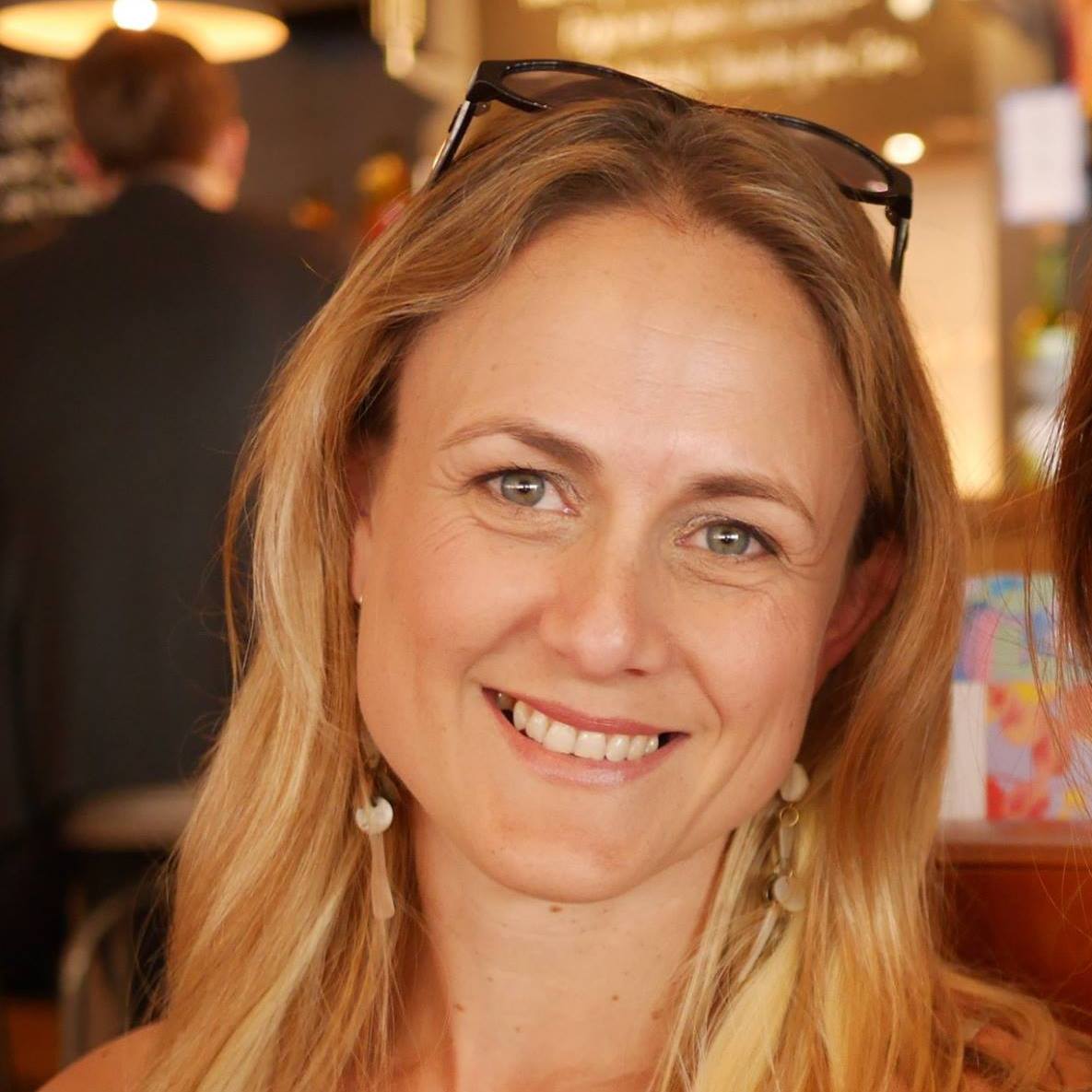
I am a preschool and primary school teacher and mum to 3 children. I have been involved in education since 1997 and have trained in a variety of educational specialist areas. It is with this expertise that I write articles to help parents and educators provide quality learning experiences for the children in their care.


